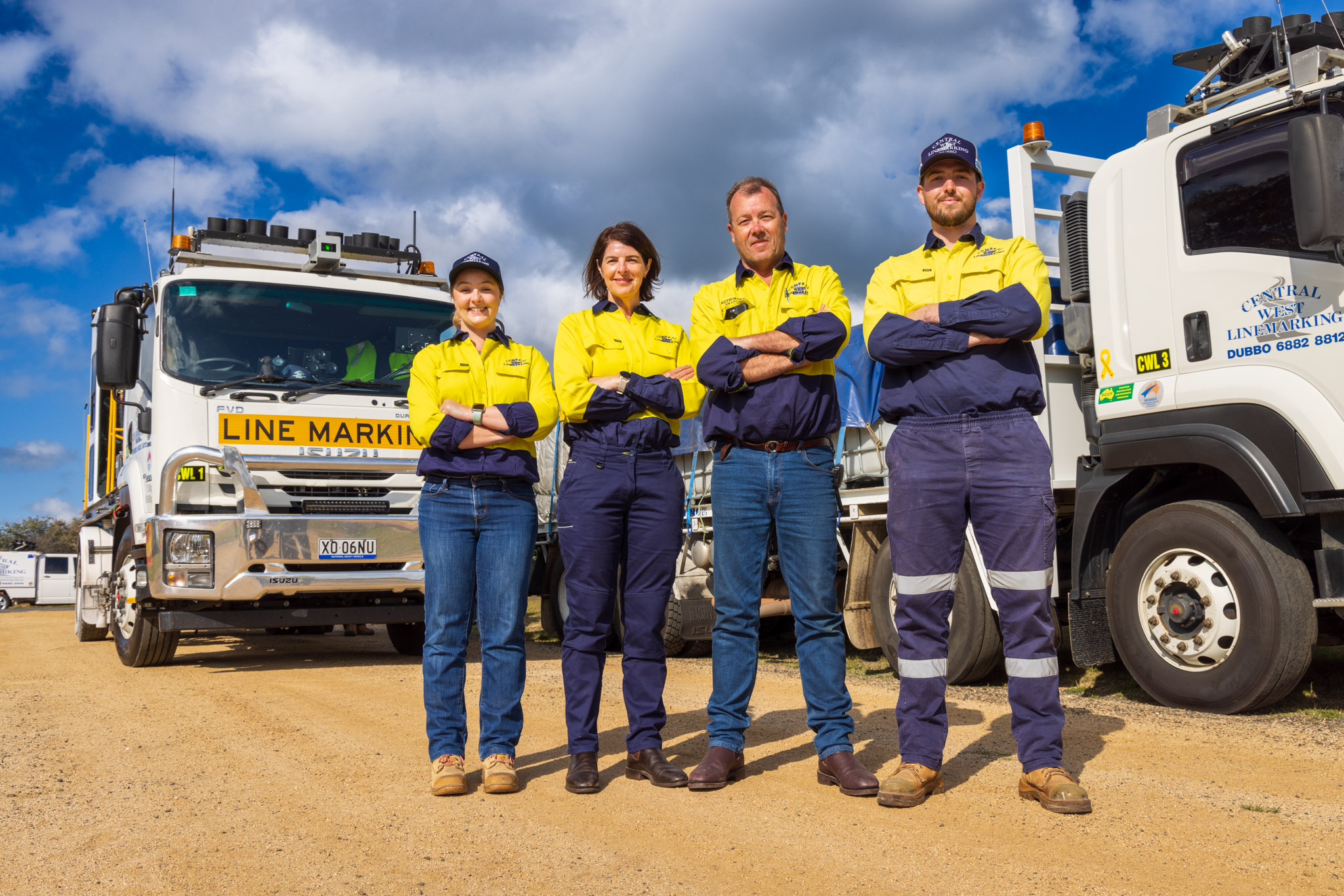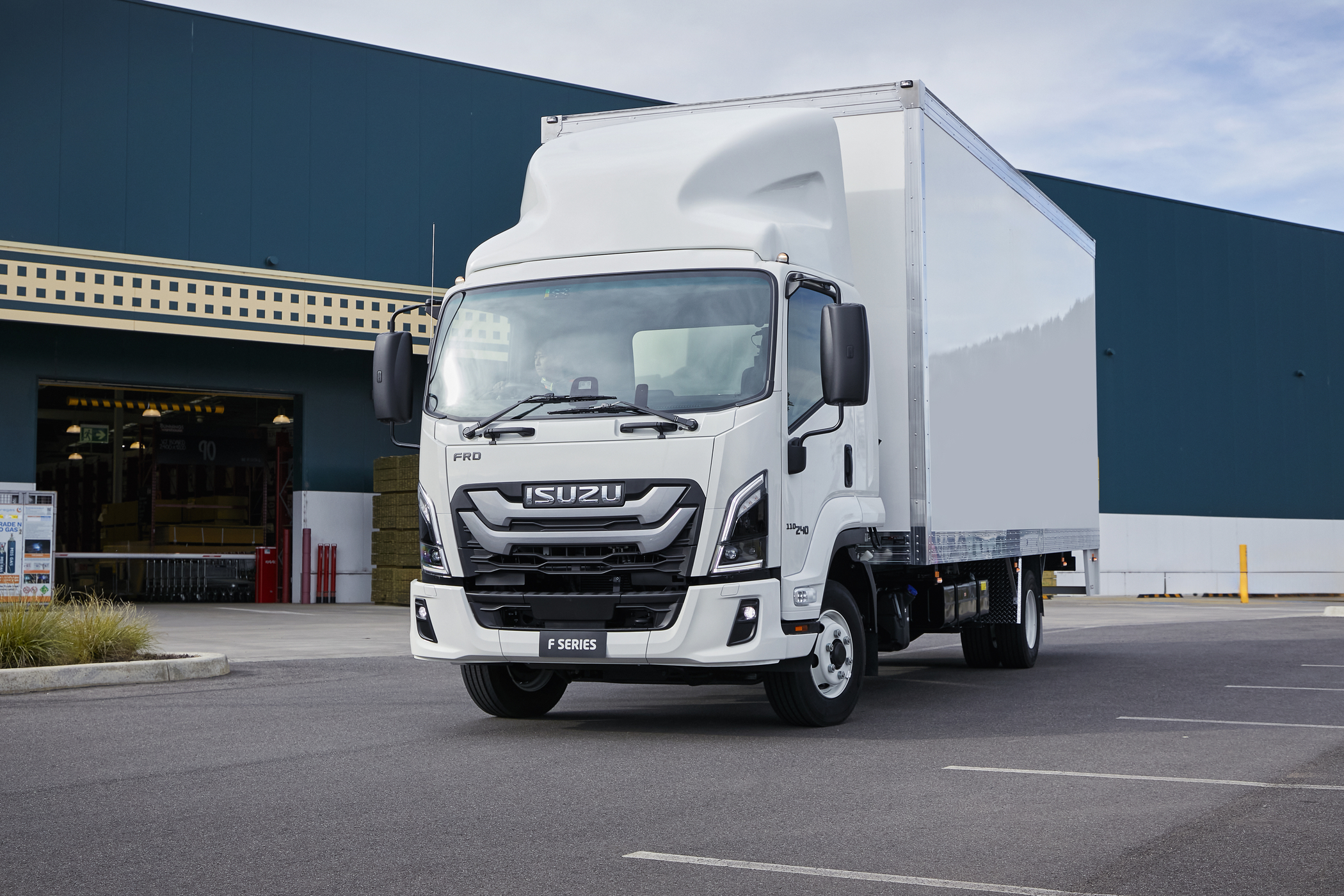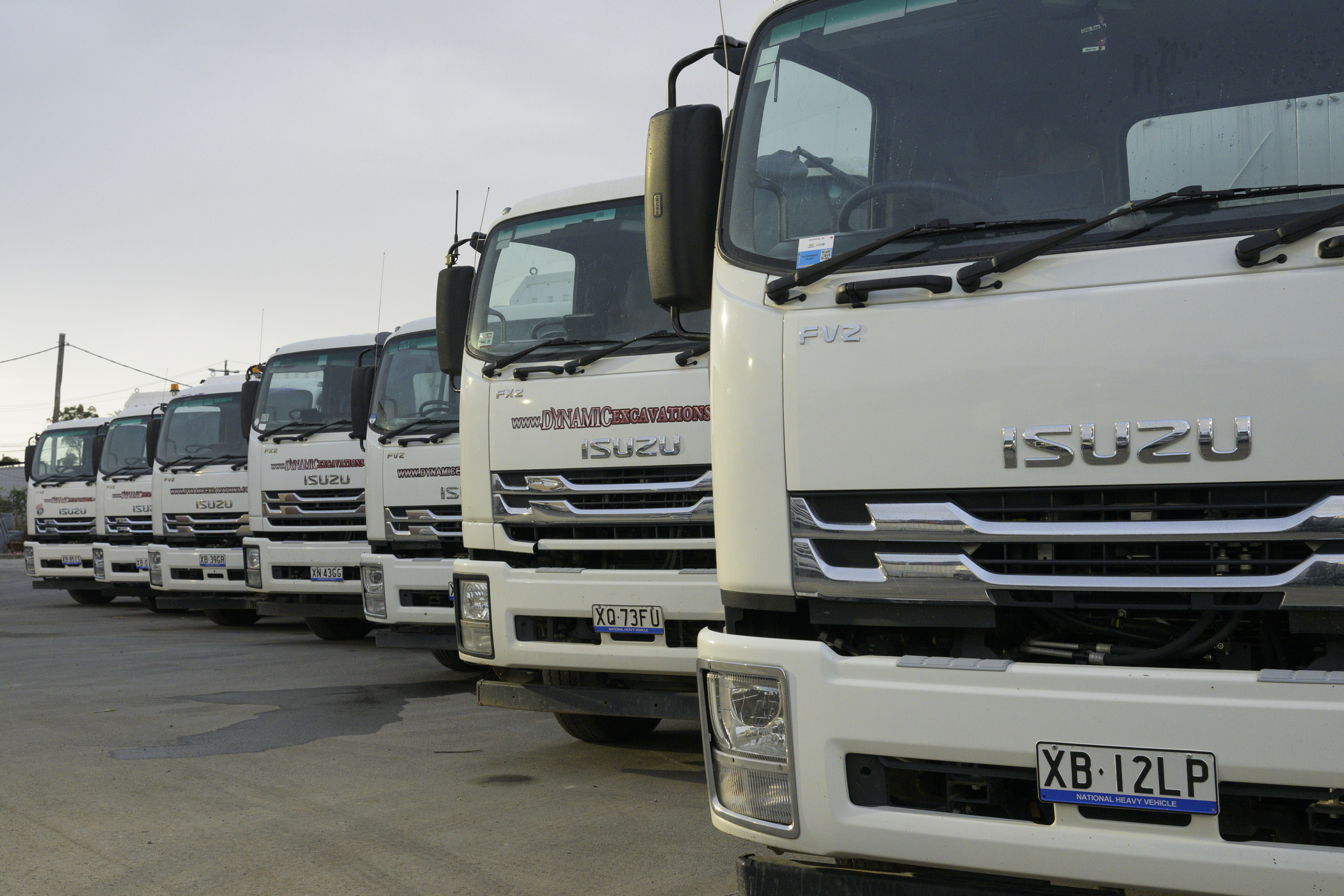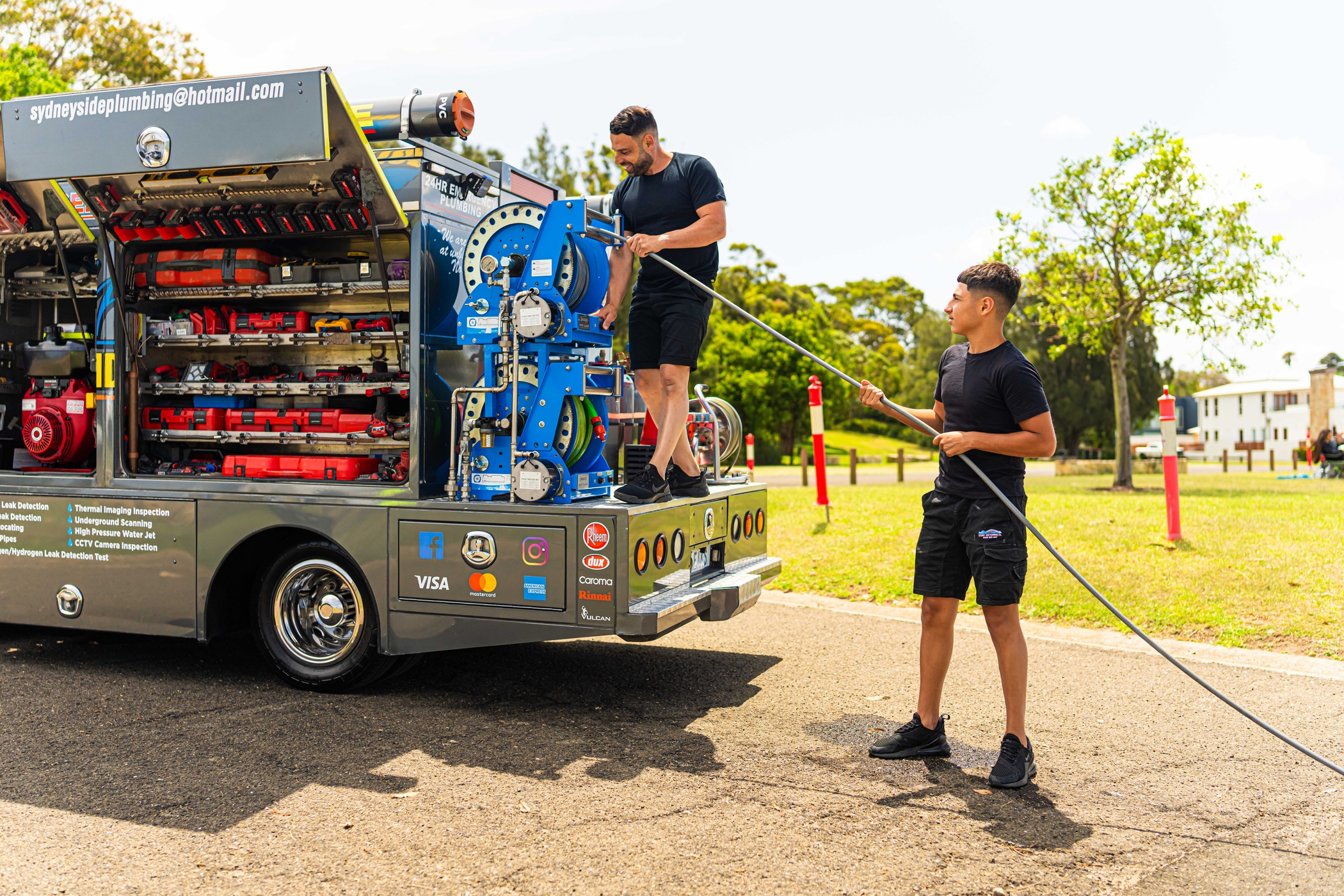THE DIY CAMPERVAN OR MOTORHOME
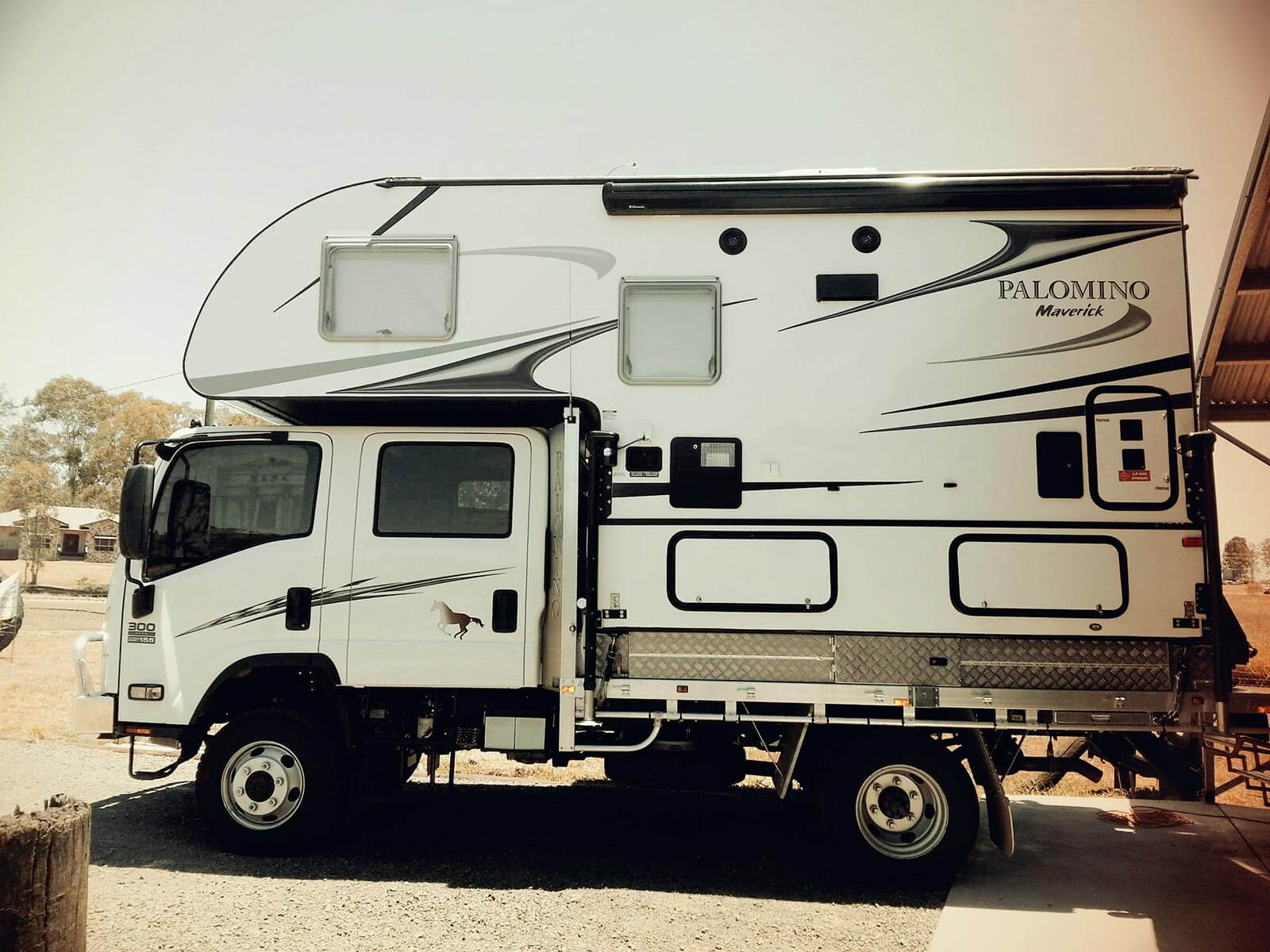
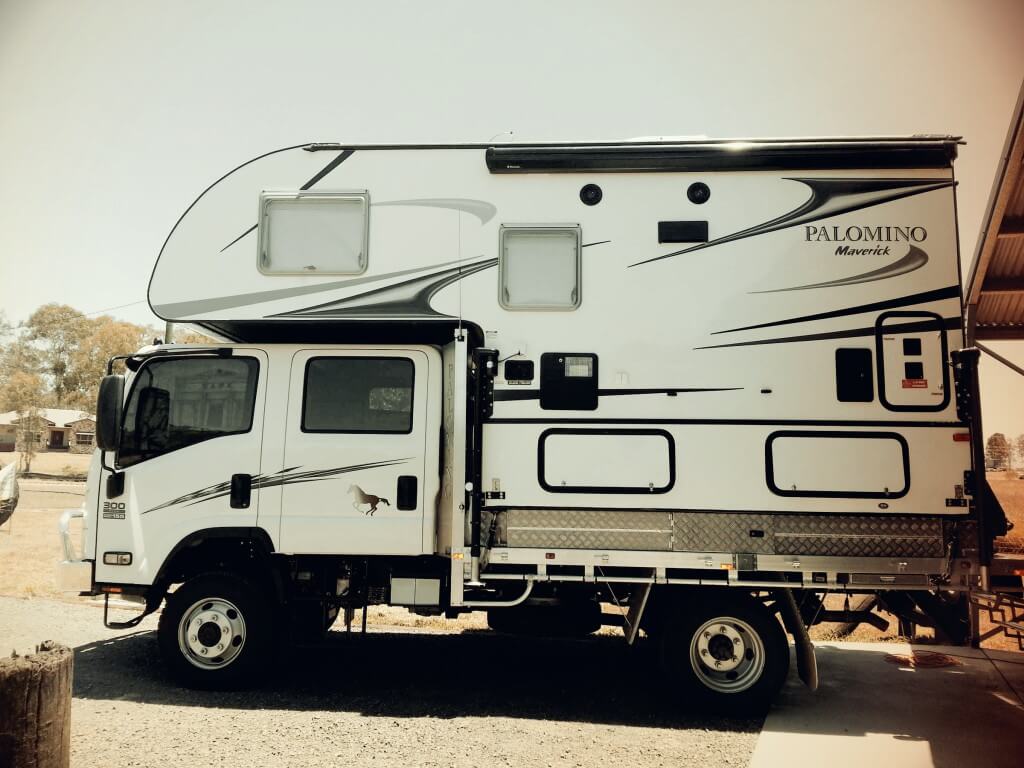 Many tradies and handy-folk have built their own campervans and motorhomes. Here’s a guide to the process, so you can see if such a project is right for you. The starting point is working out what you really intend to do with the finished vehicle. For example, there’s little point building a Taj Mahal on wheels if you want to access the Victorian High Country or Cape York’s Telegraph Track. A two-wheel drive campervan or motorhome has very limited touring ability, so a 4WD one makes much more sense. There are many roads and tracks that need 4WD traction at times – particularly if you get caught in a sudden downpour. However, a very large 4WD motorhome is limited by its sheer size. Some tracks and camping access roads are narrow, with overhanging branches and a large vehicle can’t negotiate them without risking expensive damage. An alternative is a large motorhome, towing a 4WD wagon behind it. You camp in a secure area and journey to remote spots in your 4WD.
Many tradies and handy-folk have built their own campervans and motorhomes. Here’s a guide to the process, so you can see if such a project is right for you. The starting point is working out what you really intend to do with the finished vehicle. For example, there’s little point building a Taj Mahal on wheels if you want to access the Victorian High Country or Cape York’s Telegraph Track. A two-wheel drive campervan or motorhome has very limited touring ability, so a 4WD one makes much more sense. There are many roads and tracks that need 4WD traction at times – particularly if you get caught in a sudden downpour. However, a very large 4WD motorhome is limited by its sheer size. Some tracks and camping access roads are narrow, with overhanging branches and a large vehicle can’t negotiate them without risking expensive damage. An alternative is a large motorhome, towing a 4WD wagon behind it. You camp in a secure area and journey to remote spots in your 4WD.
What can go where?
For trip planning purposes it’s important to note that Highway One in its various guises is a bitumen road that runs right around Australia. The bitumen Stuart Highway runs north-south from Port Augusta in South Australia to Darwin in the Northern Territory. There’s bitumen from Sydney, Brisbane, Rockhampton, Townsville and Cairns through western Queensland to the Northern Territory. There’s bitumen from Darwin to Kakadu National Park and to Broome in Western Australia. Most of the major tourist sites around Alice Springs can be reached on bitumen roads. Major gravel roads are the Gibb River Road in northern Western Australia; the Great Central Road that links the Western Australian goldfields with Uluru (Ayers Rock); the Plenty Highway from Boulia to Alice Springs; the Tanami Road from Alice Springs to Halls Creek in Western Australia; the Birdsville Track that’s a major part of the link between Port August in South Australia and Mount Isa in western Queensland; the Savannah Way between Mataranka in the Northern Territory and Normanton in northern Queensland and the Oodnadatta Track that connects Marree and Marla in South Australia. A large 4WD motorhome based on an Isuzu FTS can handle all this. If you intend to visit more demanding areas, such as the Sandy Blight Junction Track; the Gary Junction Road; the Bungle Bungles; the easier sections of the High Country and many Great Dividing Ranges national parks, size and manoeuvrability become issues and a smaller vehicle is preferred – maybe an FSS or NPS size. For extreme adventures: the upper High Country; the Telegraph Track; Simpson Desert; the Len Beadell ‘bomb’ tracks and the Canning Stock Route you need an NPS with the shortest possible wheelbase and relatively light bodywork.
Who’s driving it?
Having picked the desired performance level of your project vehicle, it’s time to focus on vehicle specifics. What licence categories do the intended occupants have? Check that your fellow travellers are comfortable handling a large vehicle – otherwise you'll be stuck doing the bulk of the driving. The demarcation line across Australia is 4500 kg gross vehicle mass (GVM), at or below which a car licence is fine, but above which you require a light rigid (LR) truck licence, up to 8000 kg GVM. The recently released Isuzu NPS 75-155 4x4 models have a handy 7500 kg GVM, which stays within this LR category. Beyond the LR licence a medium rigid licence (MR) permits you to drive any two-axle vehicle weighing over 8000kg GVM (including the previously mentioned Isuzu FSS at 11000 kg and FTS at 13900 kg). Next step is a heavy rigid licence (HR), covering three-axle vehicles. All truck licence categories allow towing a trailer weighing up to 9000 kg.
How big?
If your plan is to travel in as much comfort as possible and stick mainly to major bitumen and gravel roads, size doesn't matter so much. However, weight does matter. You must not exceed the GVM rating of the vehicle, with its bodywork, full water and fuel tanks, people and all gear and food on board. Most people greatly under-estimate the weight of bodywork and necessary fluids and kit. Caravan people can sympathise with this position, because many of them have been pulled over for overloading their tow vehicle and van. Authorities have no sympathy with GVM excess and heavy fines apply. Also, your insurance becomes invalid. The only flexibility with the truck maker’s GVM rating is in the case of some 4500 kg-rated vehicles that have optional higher ratings. It’s possible to have the truck re-rated to the higher level, if you have the appropriate LR licence.
Keep it legal
Before you start a motorhome project you need to make contact with an engineer who is certified to approve vehicle modifications. Each State and Territory road authority has a list of these people. There’s no point going ahead with a project and finding out at its conclusion that you can’t get it registered for its intended purpose, because it contravenes engineering and manufacturing codes of practice or standards, Australian Design Rules, electrical installation regulations or LPG laws. Topics that need compliance include height and width dimensions, rear overhang, seats, seatbelts, child-seat anchorages, driver’s vision, rear vision, ventilation, fire control, TV location, grey and black water plumbing and venting, glass, door opening and wheels and tyres. The list of compliance requirements is extensive and there are differences between 4500 kg vehicles and larger ones. For sub-4500 kg vehicles (and under), take a look at these compliance requirements and check list. For heavier vehicles, visit the National Heavy Vehicle Regulators. Plan well and…good luck!


Save $1,000 off a 3-Year Service Agreement*
Simply purchase any of our industry-leading trucks. Terms and conditions apply.
Learn more
